LE SLOW TRAVEL ou SLOW TOURISME,
c’est quoi concrètement ?
Le slow tourisme ou slow travel fait partie intégrante du slow living, qui prône un mode de vie plus lent, plus respectueux de ses besoins émotionnels, personnels, vitaux et de l’environnement qui nous entoure.
A l’ère de la vie à 1000 à l’heure, des technologies avancées et de l’apologie de la vitesse, beaucoup d’entre nous ressentent le besoin de ralentir. Les confinements nous ont forcés à le faire le temps de quelques semaines. Beaucoup d’entre nous ont pris conscience des rythmes de vie effrénés dans lesquels nous vivons.
Quand on prend le temps de savourer chaque instant, et de vivre, on prend également conscience de nos réels besoins, envies. On retrouve l’essentiel et on prend d’avantage conscience de l’environnement qui nous entoure.
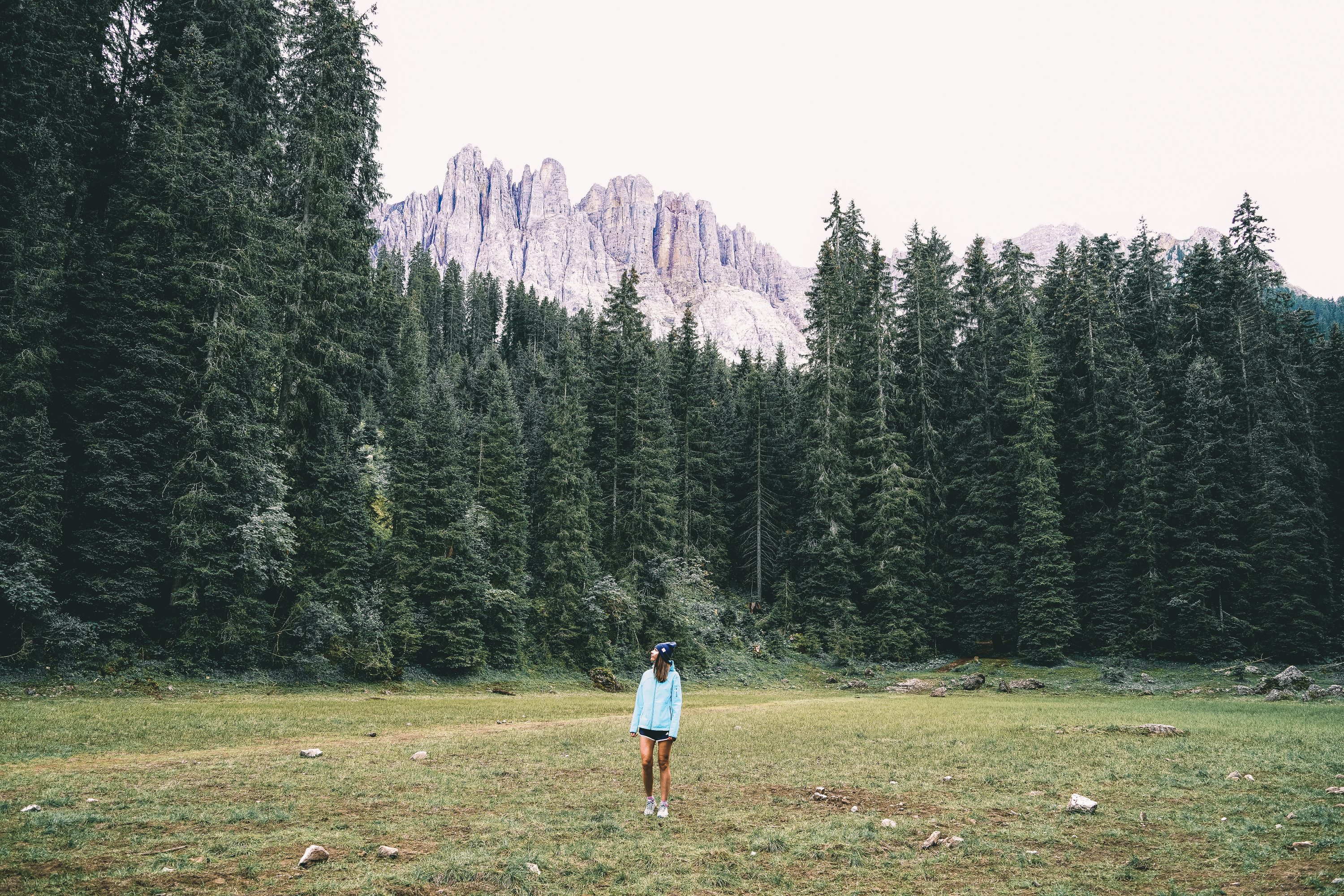
Définition du slow tourisme ou slow travel :
C’est un mode de voyage, de tourisme, qui privilégie la qualité de l’expérience à la quantité. C’est voyager en conscience avec l’environnement, la culture et les populations locales. C’est l’idée d’un voyage éducatif, enrichissant émotionnellement sur le long terme et durable pour les communautés locales.
Le slow tourisme c’est prendre le temps de s’imprégner de chaque destination, de découvrir les gens qui y vivent et leur culture, leurs modes de vie.
Il invite à voyager de façon plus éco-responsable. Quand on se rapproche de la nature, on prend conscience de son importance, et on n’est d’avantage sensibilisé à l’impact que l’on peut avoir sur notre environnement. On prend conscience de nos actes et des conséquences qu’ils peuvent avoir sur la planète et les individus qui vivent sur place.
Les grands principes du slow travel :
1. Expérimenter un tourisme plus authentique.
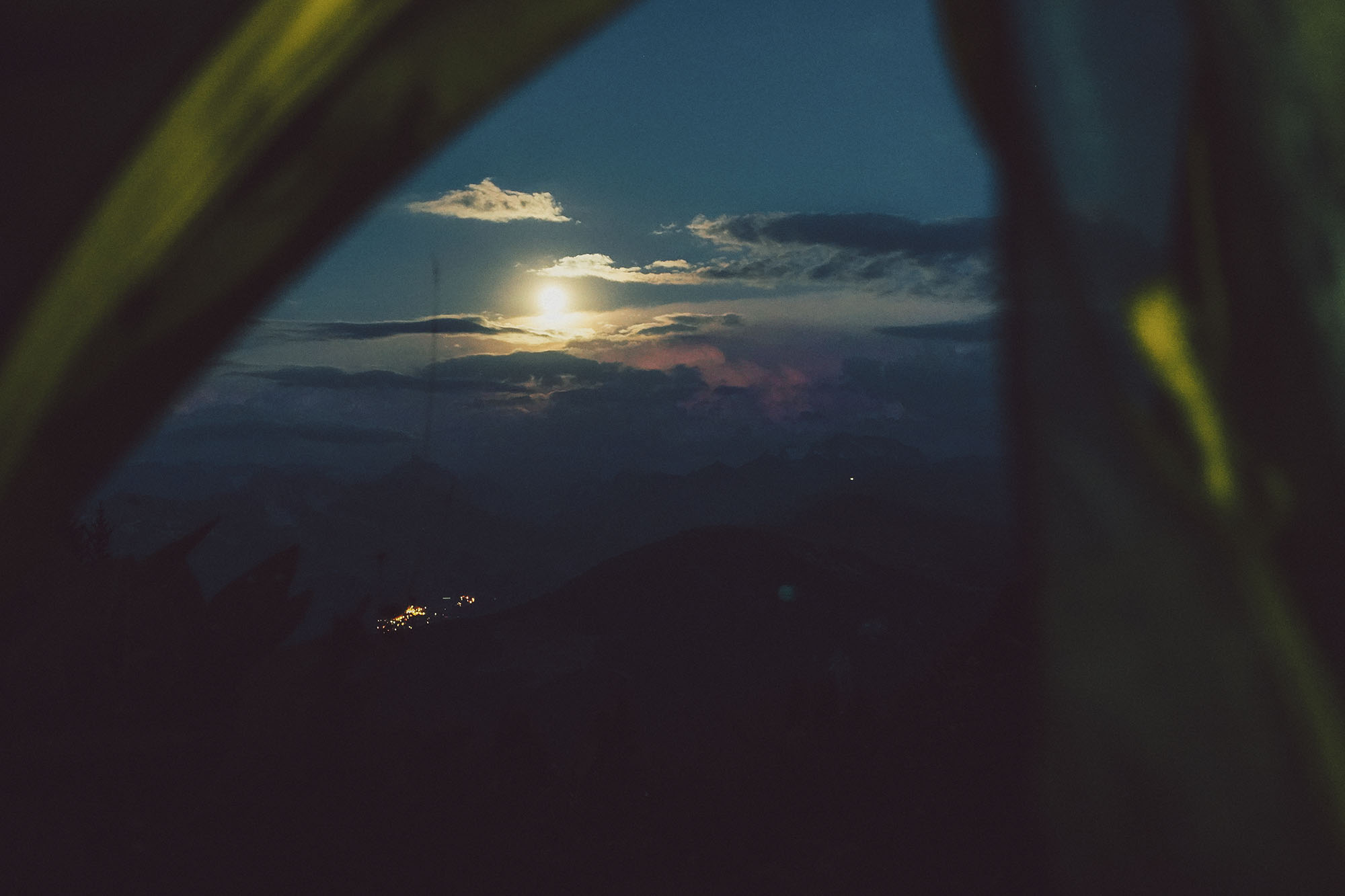
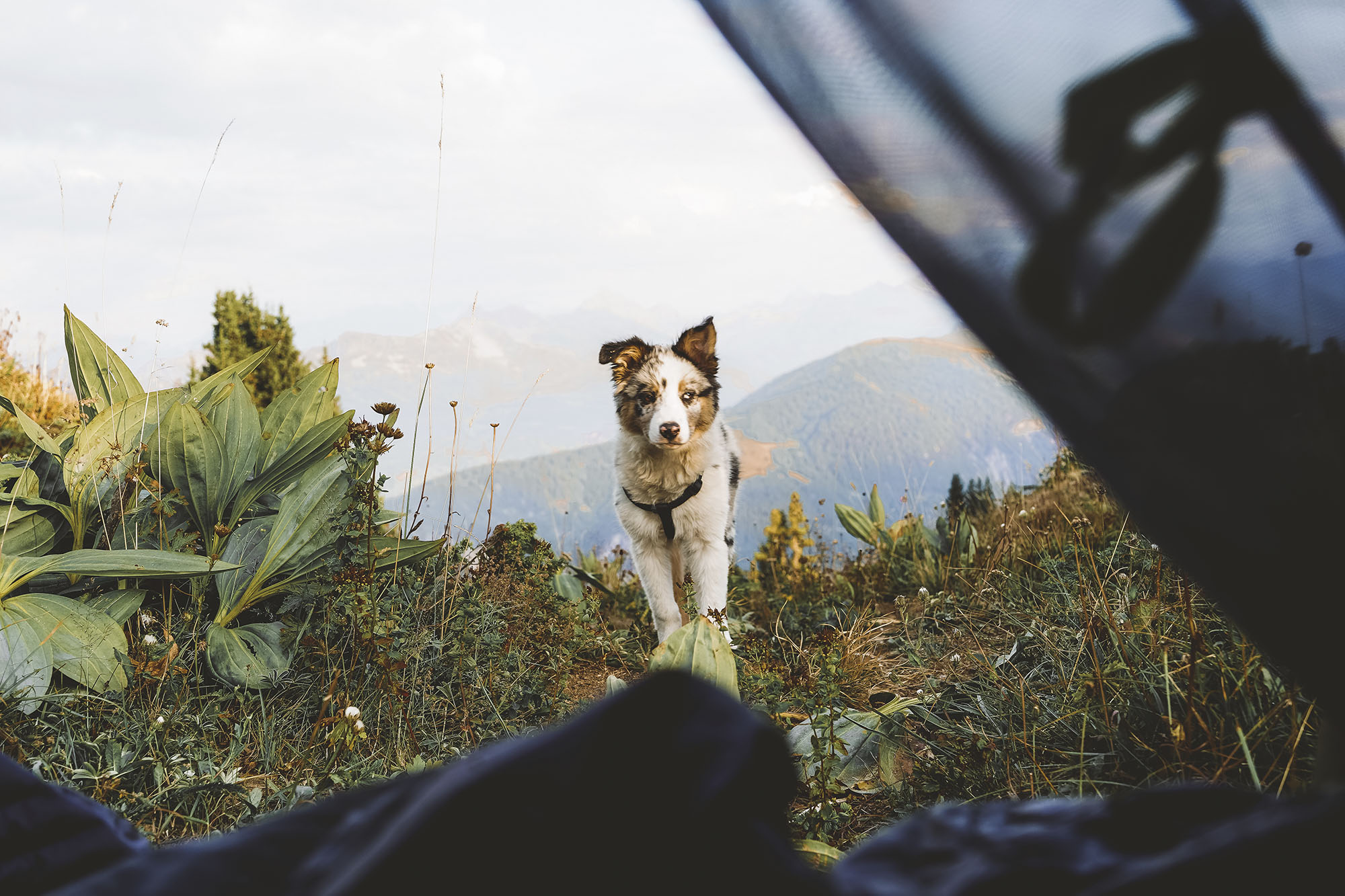
Fuir le tourisme de masse pour profiter d’endroits plus authentiques, plus sauvages. C’est revenir à l’essentiel et aux choses simples.
Ce que j’aime le plus c’est grimper dans la montagne pour bivouaquer en profitant des derniers rayons du soleil et de la vue sur les massifs environnants.
On se sent si petit face à cette immensité. Cela nous remet tout de suite à notre place et nous rappelle à quel point nos problèmes ne sont finalement plus grand chose.
2. Prendre le temps de découvrir une destination.
« Seul celui qui erre trouve de nouveaux chemins. »
Proverbe norvégien
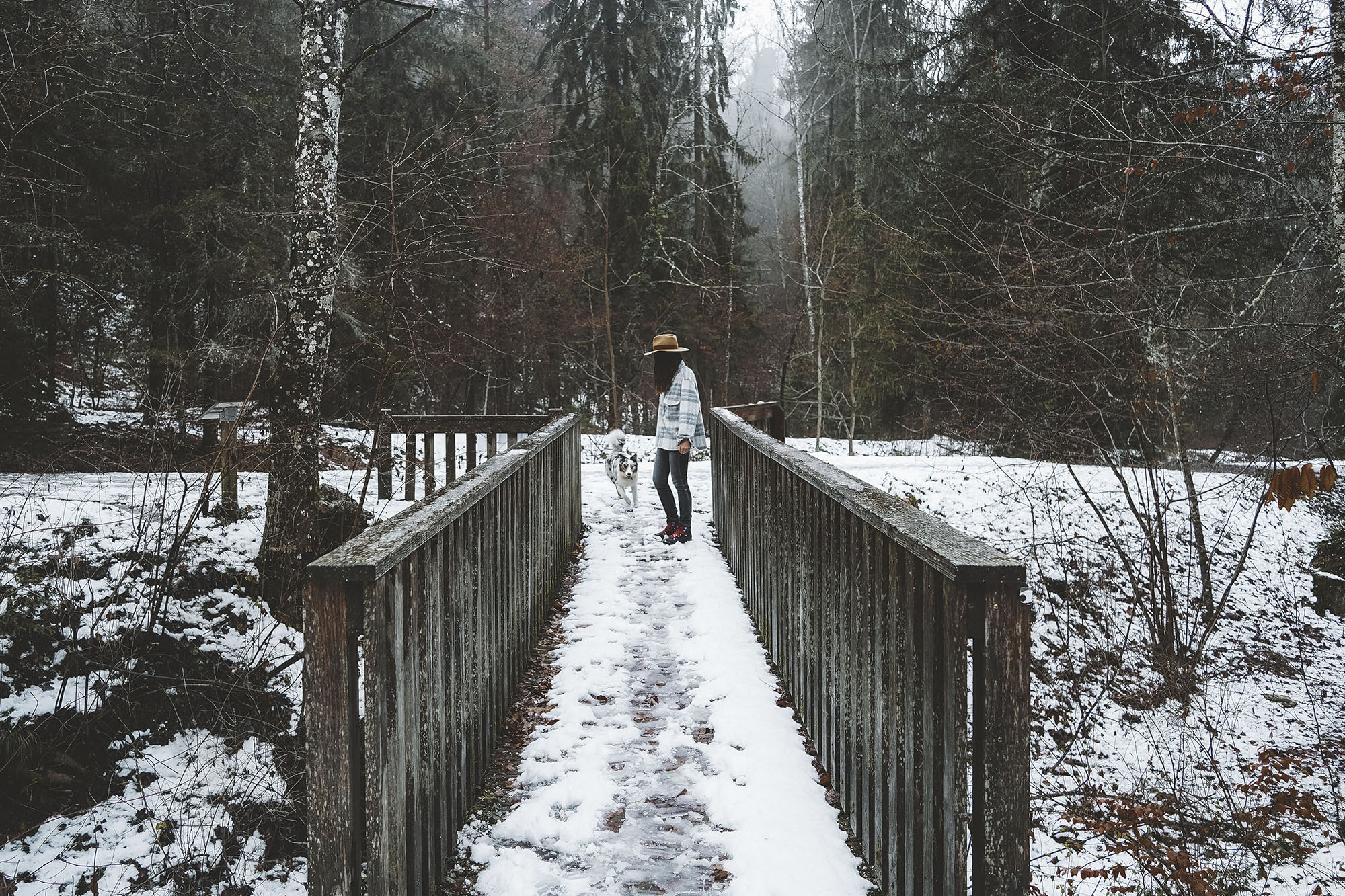
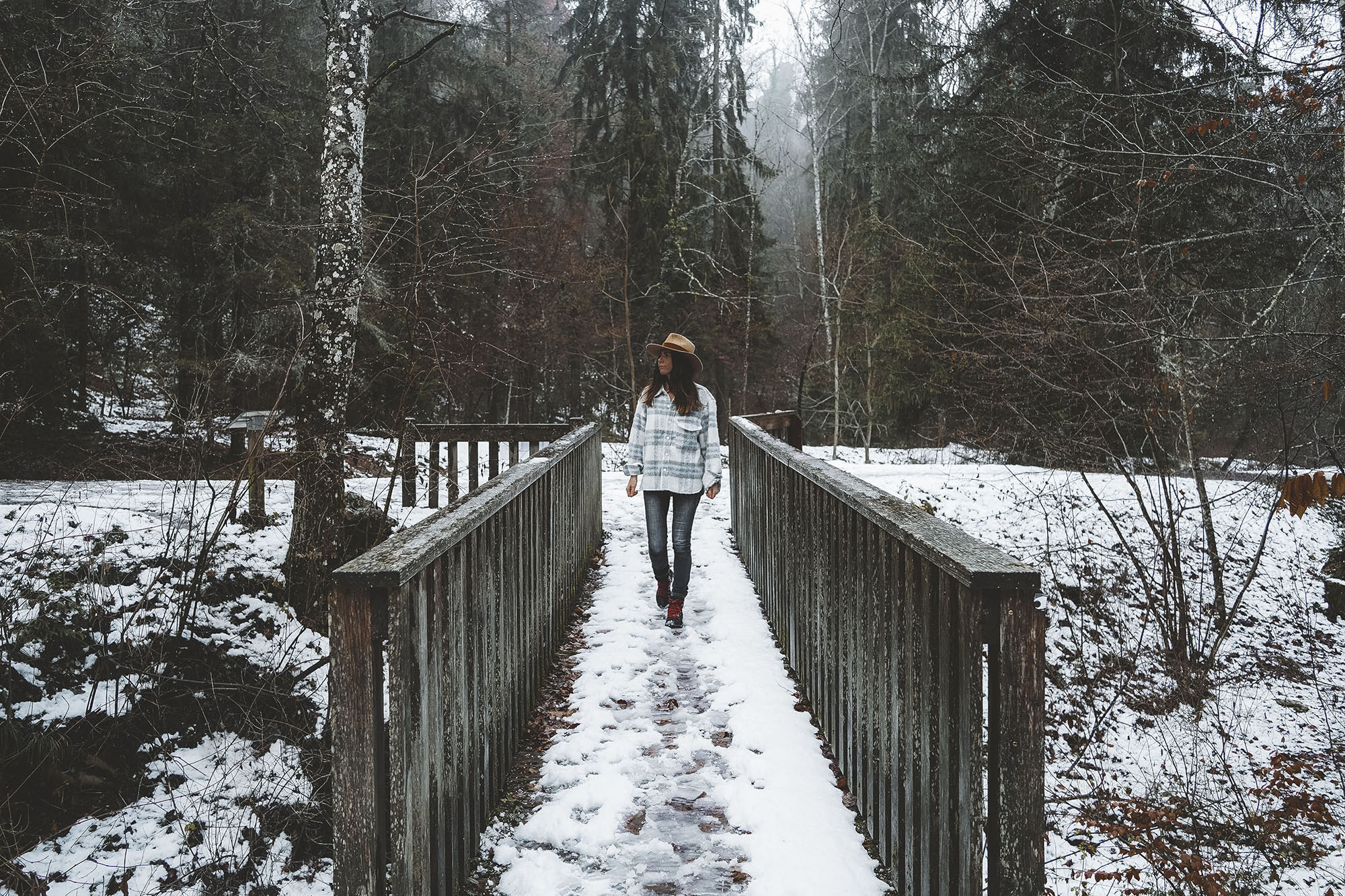
C’est en se perdant que l’on découvre de nouveaux endroits, de nouvelles personnes. Et qui sait l’aventure qui nous attend au coin de la rue.
C’est par exemple prendre son vélo avec la tente sur le dos pour découvrir une région.
C’est prendre une route plutôt qu’une autre parce qu’on a ce feeling qui nous porte. Je trouve ça tellement excitant de ne pas savoir où je vais ni pourquoi. Etre juste dans l’instant présent, vivre le moment et découvrir, s’émerveiller !
« On ne va jamais aussi loin que lorsqu’on ne sait pas où l’on va »
Christophe Colomb
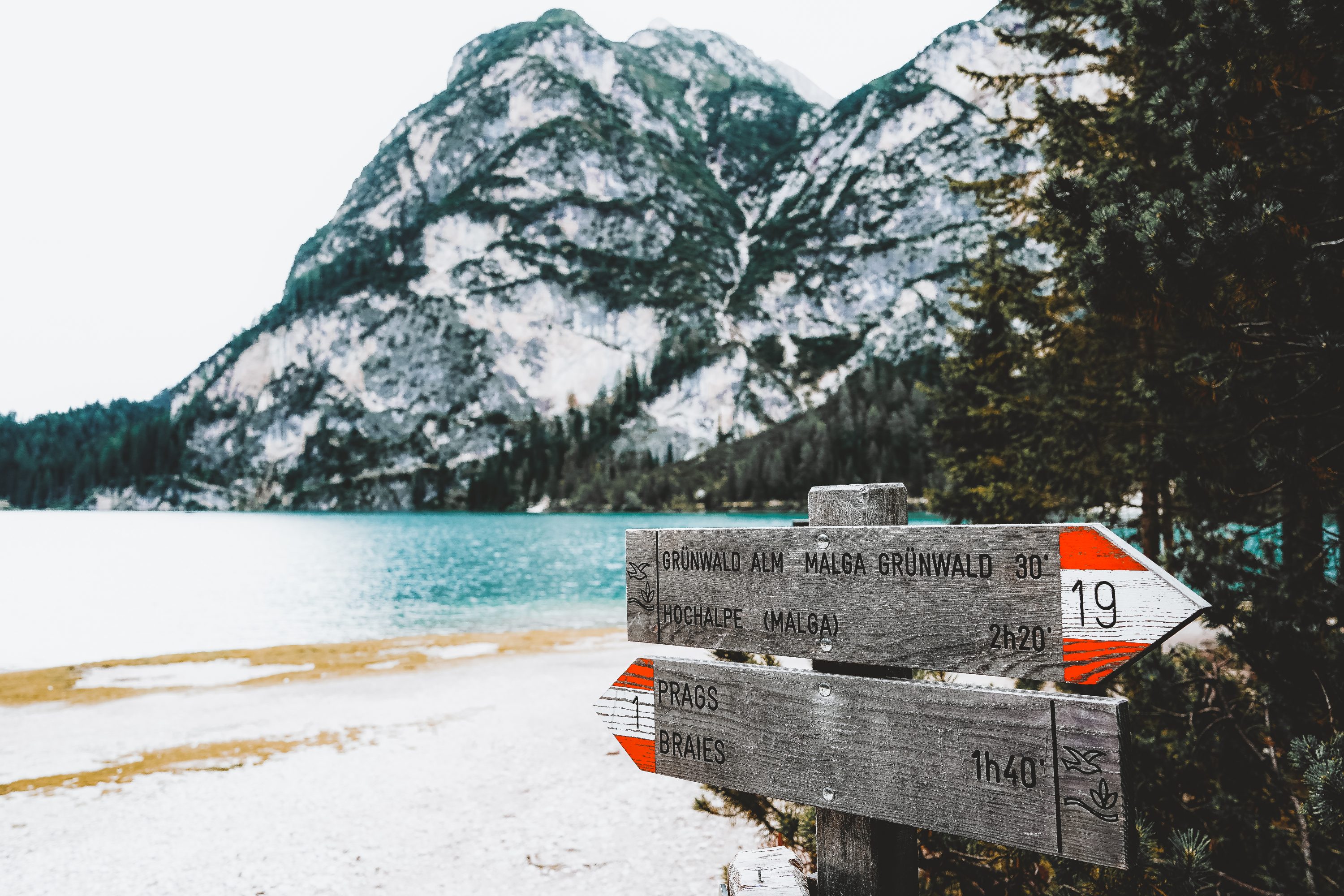
3. Protéger et valoriser les patrimoines et les communautés locales
Le slow travel c’est aussi le respect des valeurs locales, de l’environnement.
Je ramasse souvent (même à chaque fois) des déchets sur les spots où je me rends. Quand on prend conscience de notre impact, on fait beaucoup plus attention.
Par respect pour les locaux et la faune locale. Ce n’est pas qu’une destination mais aussi un habitat pour certains. On ne laisse pas ses poubelles quand on est invité chez des amis….Là c’est pareil, nous sommes des invités dans une sublime nature qu’il va de soit de laisser intacte.
C’est s’arrêter chez les commerçants et les artisans locaux pour découvrir leurs métiers, ce qu’ils font au quotidien.
Et consommer des produits du terroir. On fait souvent de belles découvertes et cela fait partie de la culture gastronomique qui nous est chère en France.
J’adore flâner dans les marchés locaux, c’est tellement plus agréable et qualitatif que d’aller faire ces course en supermarché. On trouve souvent des produits d’exception.
Comme par exemple aux Chapieux (petit hameau savoyard) où j’avais trouvé, dans l’épicerie de la ferme du village, une délicieuse confiture de myrtilles sauvages (locales) sans sucre, et du fromage de brebis à tomber par terre. D’autant plus que l’on voit les brebis gambader sur les montagnes aux abord du hameau.
En Rando on croise souvent des alpages, des fermes, je m’y arrête à chaque fois pour acheter des bons produits locaux et participer à l’économie et faire fonctionner l’artisanat et le patrimoine local.
Le fait de voyager plus lentement, de prendre le temps de découvrir les populations locales permet d’ouvrir la porte à d’autres types de voyages plus alternatifs comme le bénévolat, le volontariat ou bien l’échange de services. C’est enrichissant et c’est comme cela que l’on découvre vraiment les cultures locales.
« Voyager sans rencontrer l’autre, ce n’est pas voyager c’est se déplacer »
Alexandre David Neel
4. Favoriser les mobilités douces
Le slow tourisme c’est prendre le temps, et pour prendre le temps, le mieux est de privilégier les modes de déplacement ayant un impact modéré voir neutre sur la planète.
C’est le cas de la marche à pied et des treks en montagne.
Dans les landes, j’ai rencontré un couple qui partait pour un tour de France à pied. Il dormait avec une grande bâche en guise de cabane et tout ce qu’il fallait pour un minimum de confort (groupe électrogène, duvets, couvertures, et quelques ustensiles de cuisine, téléphone portable). Ils avaient avec eux, une jument (pour le transports de leurs affaires et du matériel), un bouc pour tenir compagnie à la jument, une poule pour avoir des oeufs frais (Tao en aurait bien fait son 4 heures de la poule), et 2 chiens.
C’est d’ailleurs comme ça que je les ai rencontrés, l’un de leur chien s’entendait très bien avec Tao et nous suivait tout le temps jusqu’à la maison quand on allait se promener.
La première fois (je ne les connaissais pas encore) j’ai dû les appeler car je ne savais pas à qui était ce chien qui nous avait suivi. Charbon (c’était le nom du chien) avait un médaillon avec leur numéro. Une heure plus tard je les voyais débarquer dans ma rue avec le bouc, la jument, et un chien (la poule elle était restée au campement). C’est pas commun et cela a beaucoup attiré mon attention (et celle de mes voisins qui ne comprenaient pas vraiment ce qu’il se passait). J’ai trouvé leur mode de voyage génial et si original. Ils m’ont invitée sur leur campement, je leur ai amené des cookies maison ! On a bien sympathisé. Je trouve ces gens exceptionnels. D’ailleurs nous avons gardé contact et il est fort probable que je leur fasse une petite interview à la fin de leur périple. J’espère que cela pourra vous inspirer.
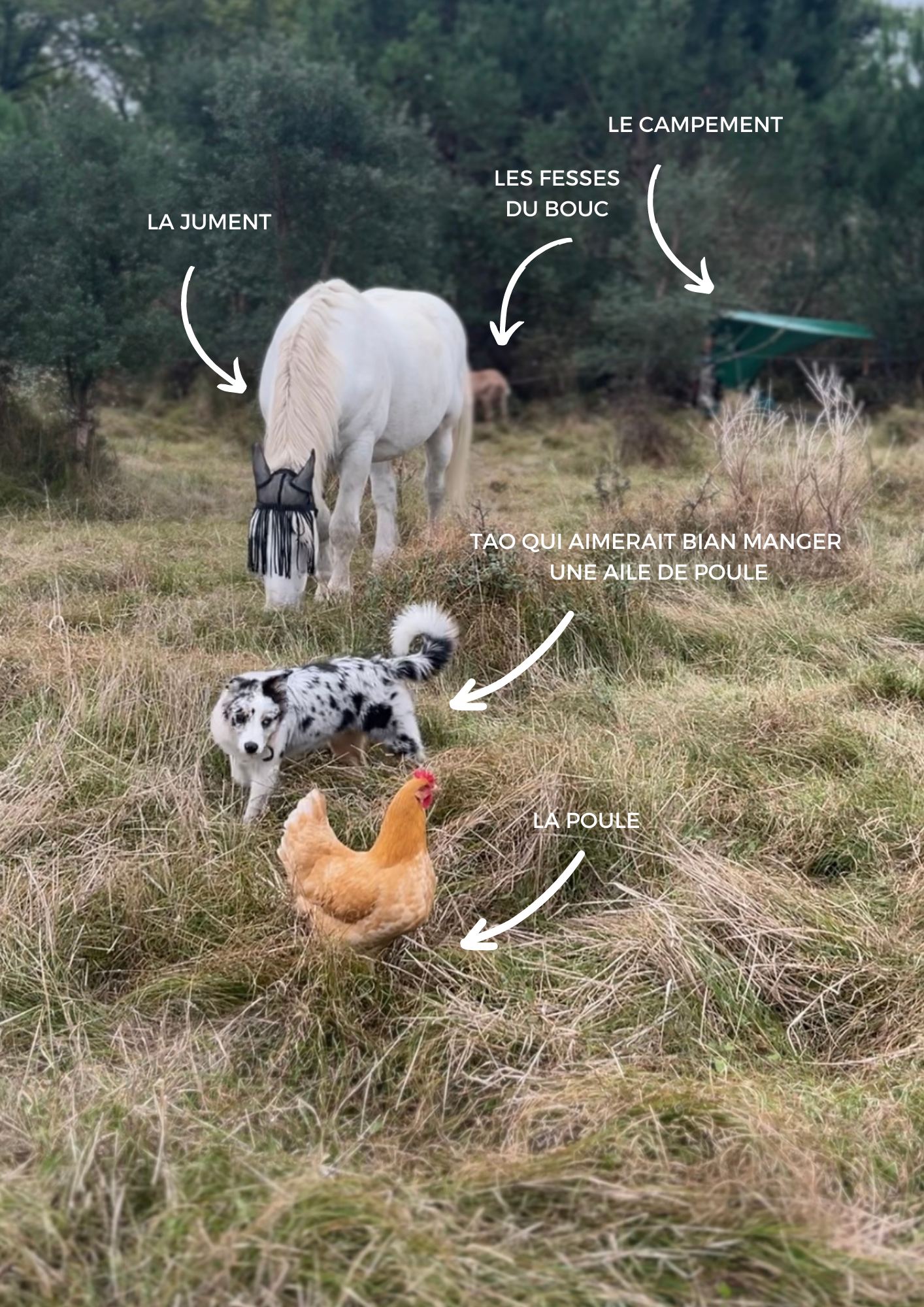
Le train est un mode de transport qui permet d’aller d’un point à un autre rapidement mais avec un impact carbone faible.
Il permet donc de voyager plus loin avec un moindre incidence sur l’environnement.
Pour aller loin, le bateau peut s’avérer être une bonne alternative. Prenez l’exemple de Julia qui est partie faire un tour du monde sans avion et qui a fait la traverser de l’atlantique en bateau stop.
Le van aussi peut être une bonne alternative mais à certaines conditions. Car le van reste un moyen de transport avec un moteur diesel ou essence pour la plupart. Et on ne va pas se mentir, cela à forcement un impact considérable en terme d’empreinte carbone. En revanche il permet de voyager de façon beaucoup plus éco-responsable sur tous les autres plans (déchets, électricité, eaux, hébergements…).
Je ferai, très prochainement, un article bien spécifique sur ce point afin de vous donner les clefs pour allier slow tourisme et vanlife car je pense que vous êtes nombreux à vous demander si voyager en van est vraiment écolo.
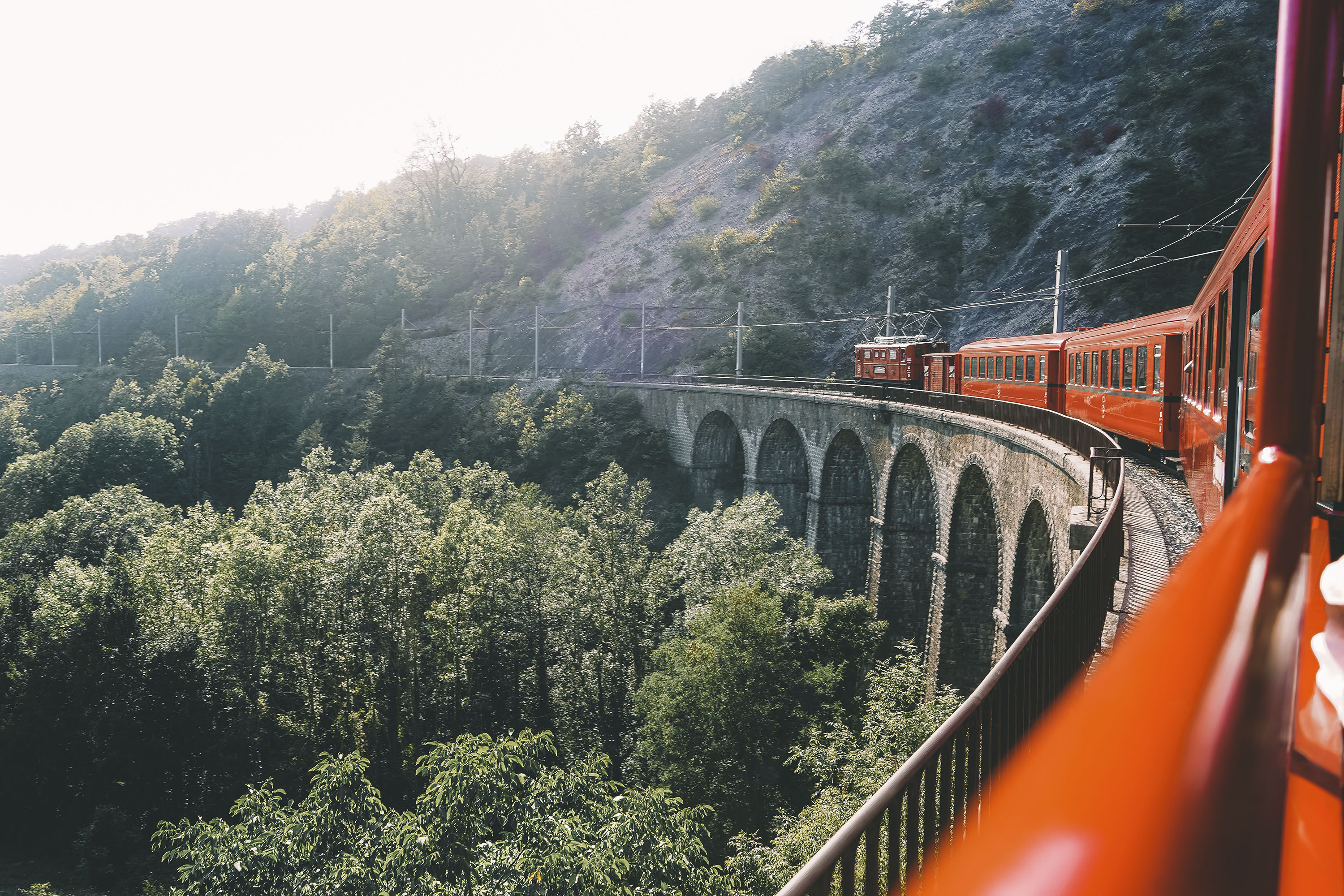
5. Savourer l’instant et l’inattendu
« Voyager c’est partir à la découverte de l’inconnu, et le premier inconnu à découvrir c’est vous. »
Olivier Follmi
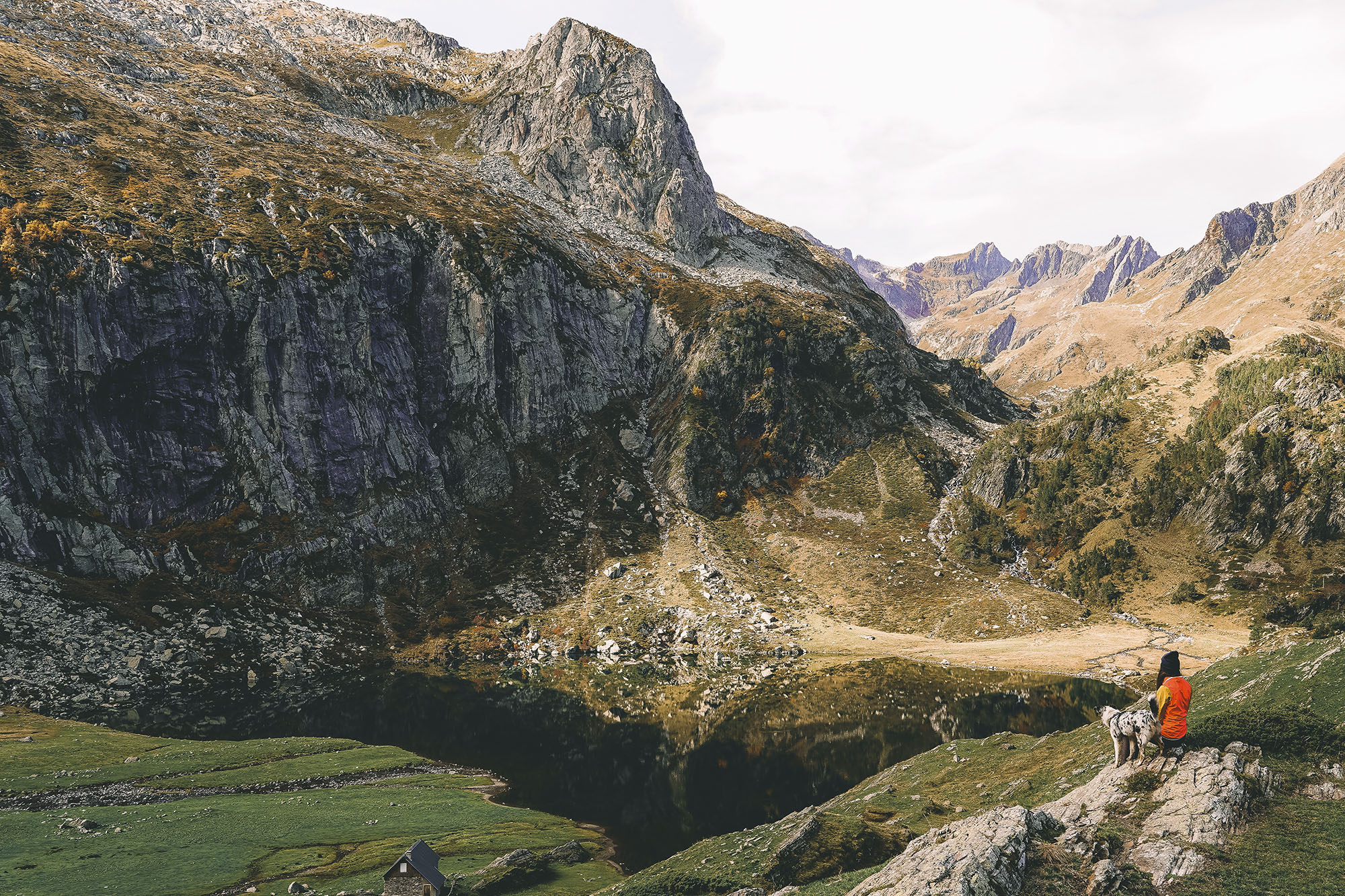
Le slow travel c’est aussi ne pas avoir de plan, faire au feeling et apprécier les aventures et les opportunités qui s’offrent à nous.
C’est ce qui rend le voyage excitant, c’est ça l’Aventure avec un grand A! Et comme le dit si bien monsieur Follmi, « se rapprocher de l’essentiel permet de mieux se connaitre soi-même ».
6. Privilégier des hébergements éco-responsables.
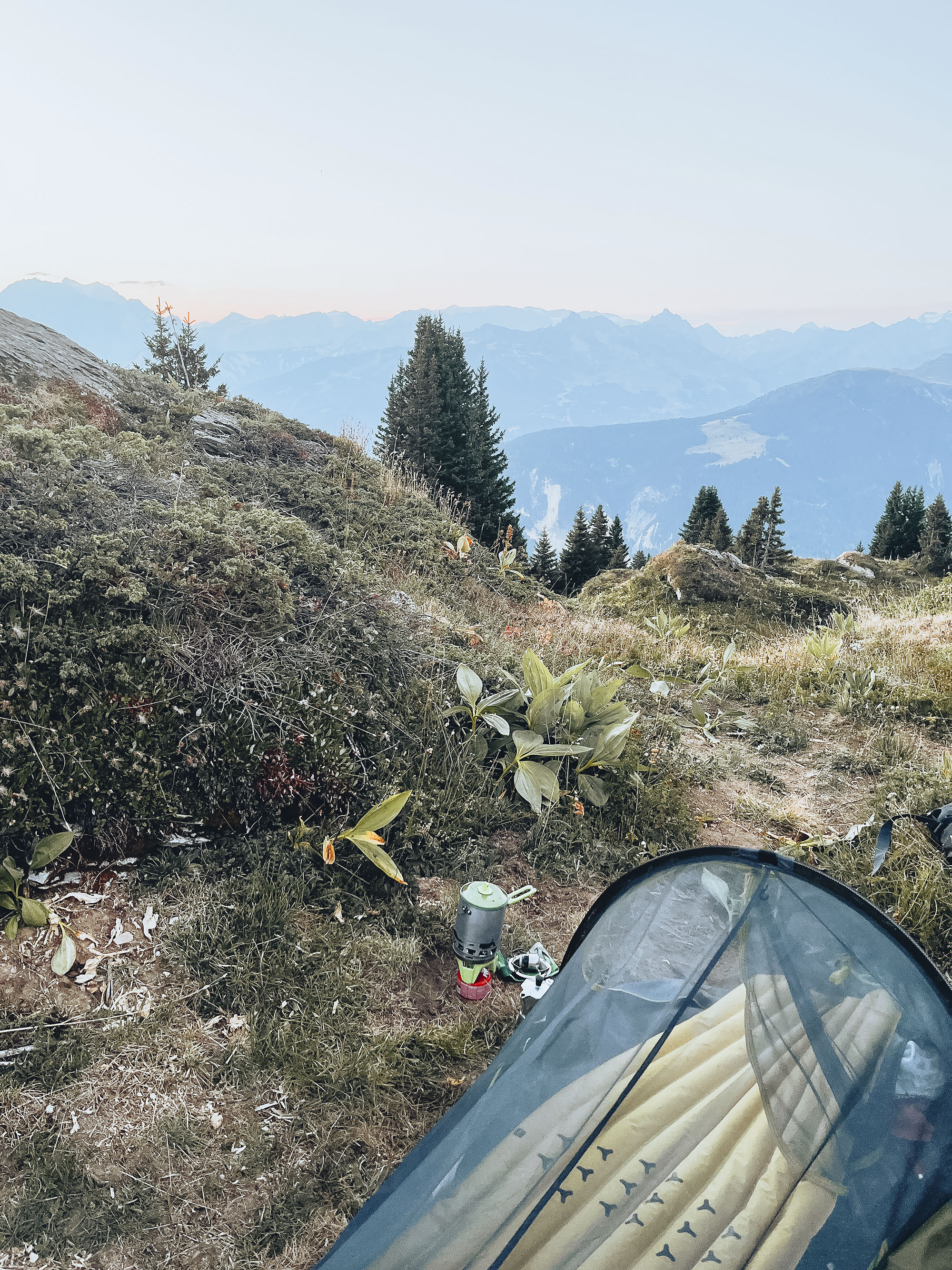
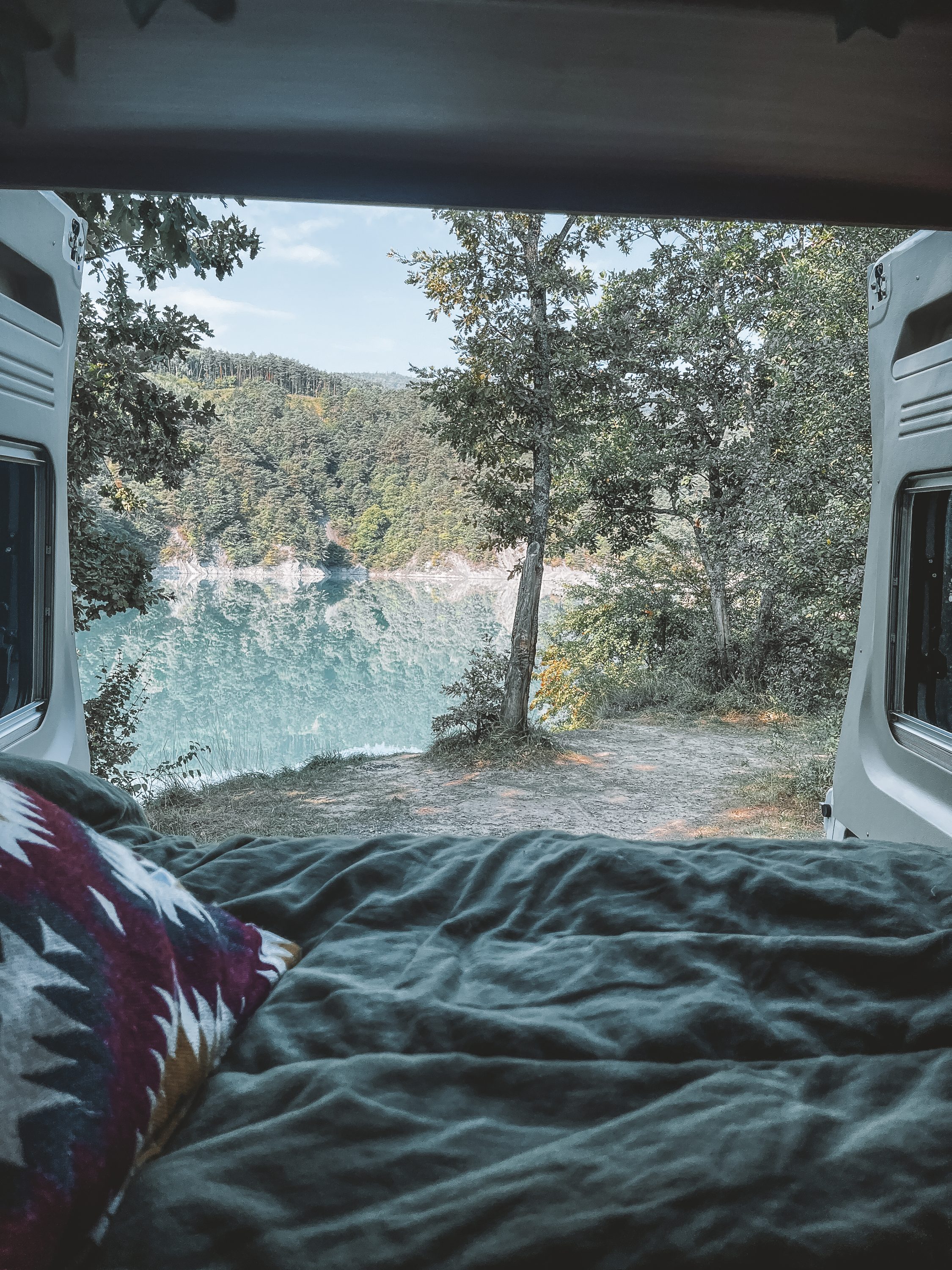
Le Couchsurfing est un très bon moyen de rencontrer les communautés locales. Vous dormez chez l’habitant, ce qui vous permet de réellement échanger et comprendre leurs modes de vie.
Vous pourrez également séjourner dans un éco lodge, souvent situé en pleine nature, ces hébergements éco-responsables vous offrent souvent des nuits insolites. De la cabane dans les arbres, ou au bord de l’eau aux anciennes fermes ou coopératives, vous serez surpris par l’originalité et l’authenticité de ces lieux.
Leurs valeurs prônent généralement le terroir local et le locavorisme. Vous trouverez souvent de quoi vous restaurer avec des produits locaux cuisinées par des chefs sensibles à l’origine des produits et la régénération des sols.
Le Bivouac, s’il est fait dans le respect, reste l’hébergement ayant le moins d’impact. On emmène son réchaud, sa nourriture, et on profite de la vue, du silence, de la nature ! Le pied.
Le Van aussi vous permettra de dormir au plus près de la nature. Tout comme le bivouac, s’il est fait de manière responsable et respectueuse, dormir dans votre van aura un moindre impact sur l’environnement local. Il faudra bien entendu, ne laisser aucune trace derrière vous, même pas un petit bout de PQ 😉
Comme je le disais plus haut, un article sortira très prochainement pour vous montrer comment il est possible de voyager écolo en van.
7. Voyager plus longtemps à moindre coût.
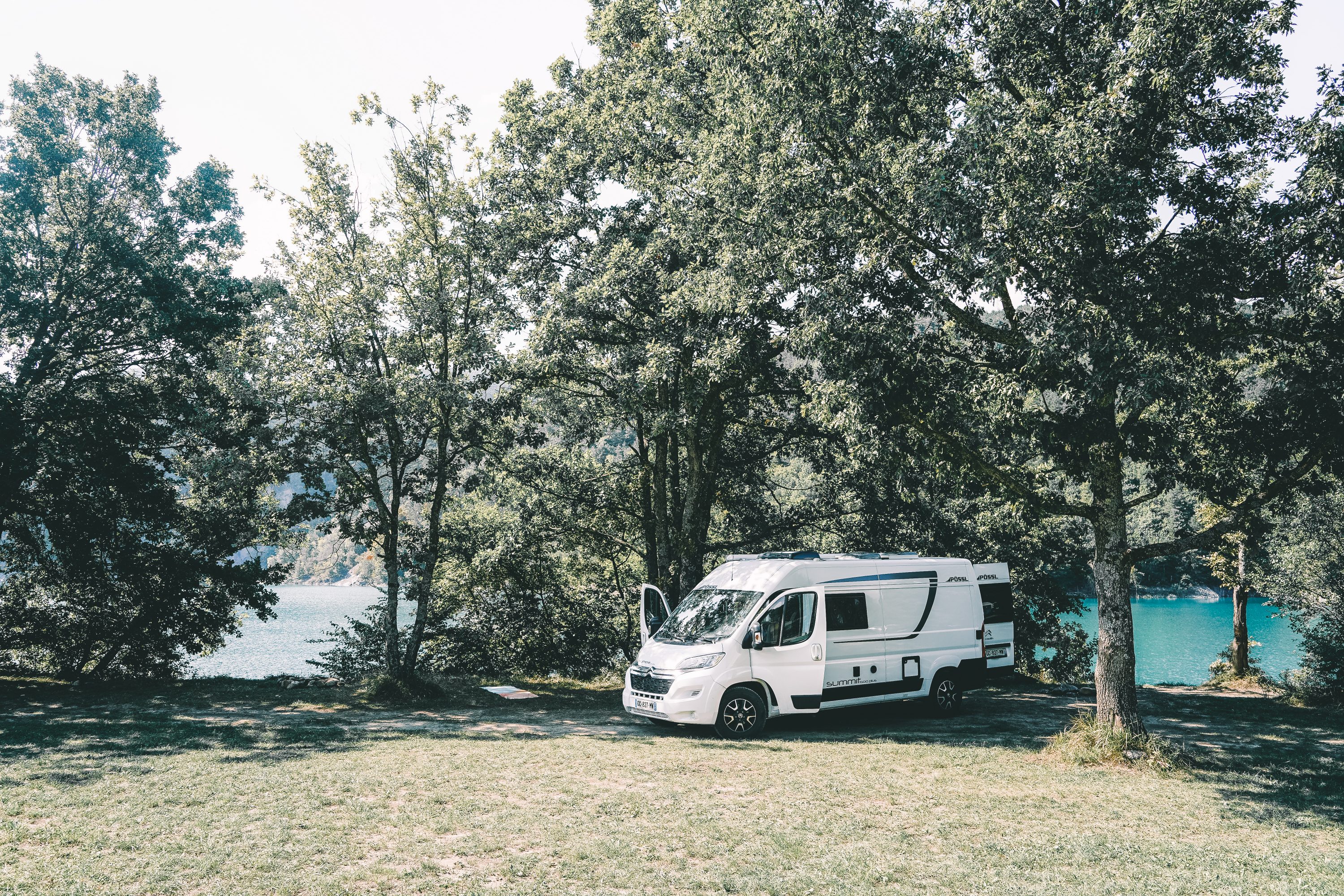
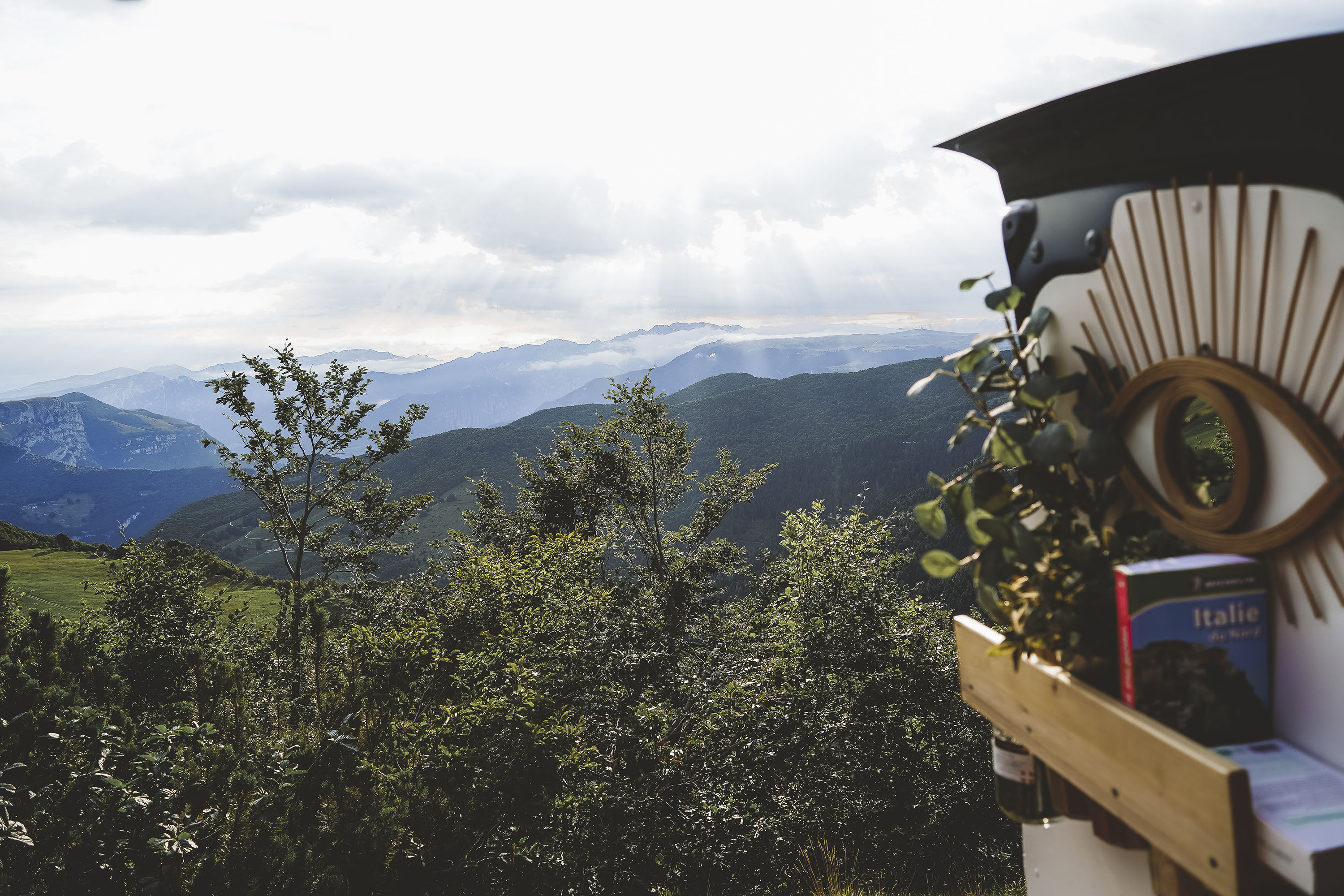
Le grand avantage du slow tourisme, c’est qu’il permet de voyager plus longtemps à moindre coût.
Quand je voyage en van, je n’ai pas d’hébergement à payer et je mange rarement dans les restaurants. Je préfère mille fois faire des emplettes dans les fermes ou chez les artisans locaux et déguster ces plaisirs gustatifs dans la nature. Le van permet de se poser sur des spots incroyables avec des vues à couper le souffle.
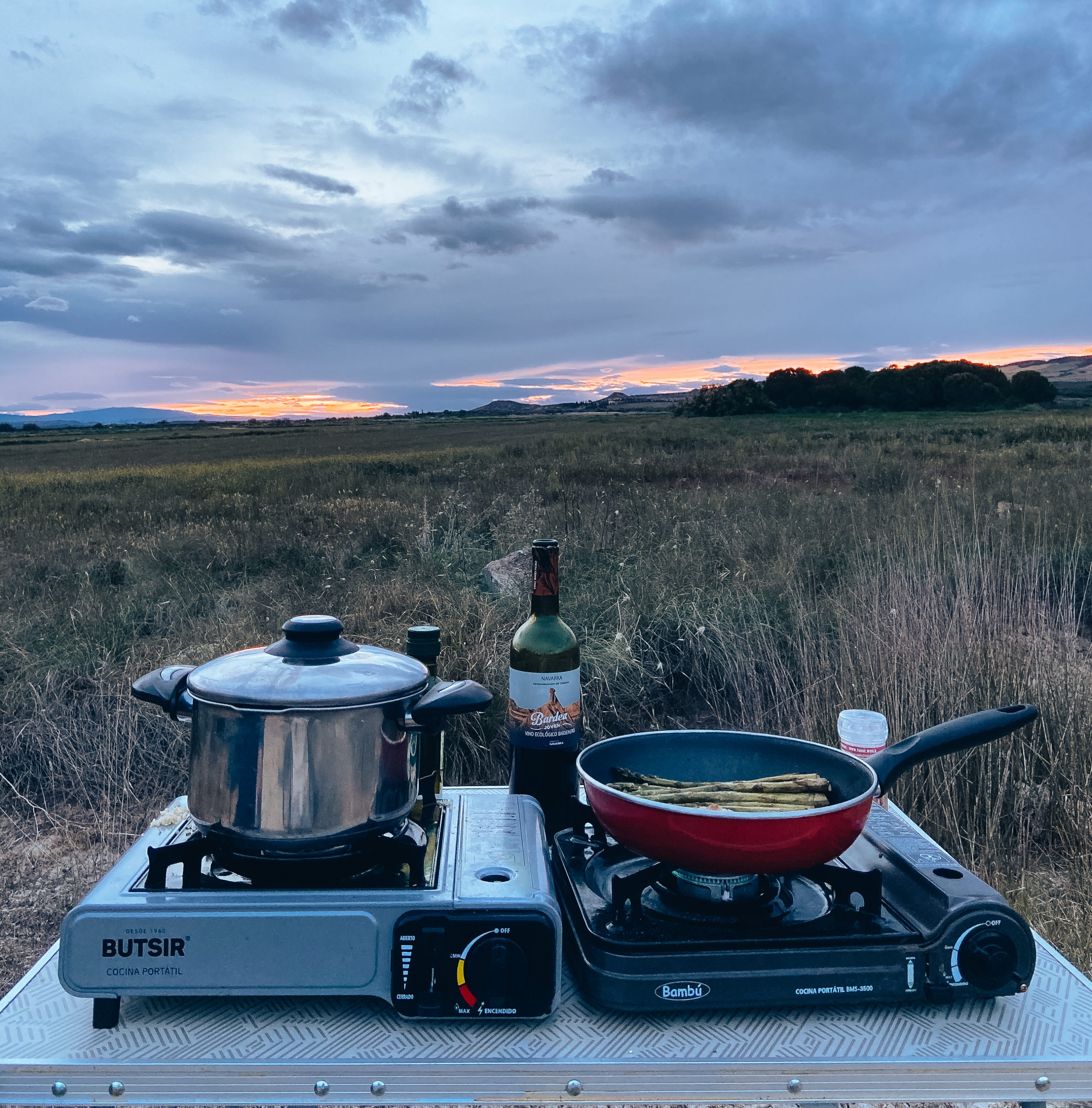
Le coût d’hébergement et de restauration est donc moindre comparé à des vacances traditionnelles où le budget hotel et restaurant est souvent le plus important.
Il en va de même pour les activités. En slow tourisme on va privilégier des activités de pleine nature qui sont pour la plupart gratuites (VTT, randonnée, trek, yoga, nage, ski de randonnée, raquettes, kayak, paddle, surf…).
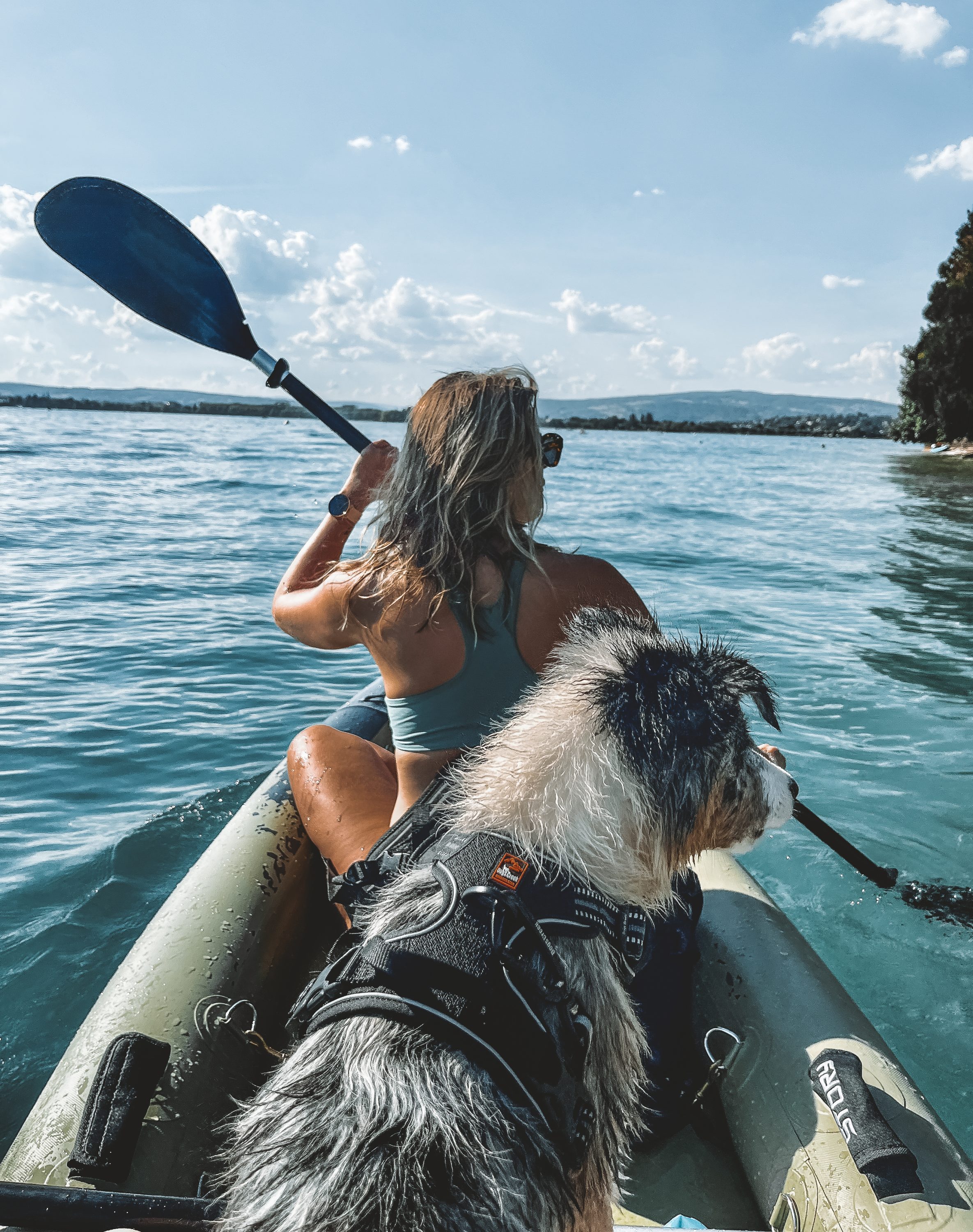
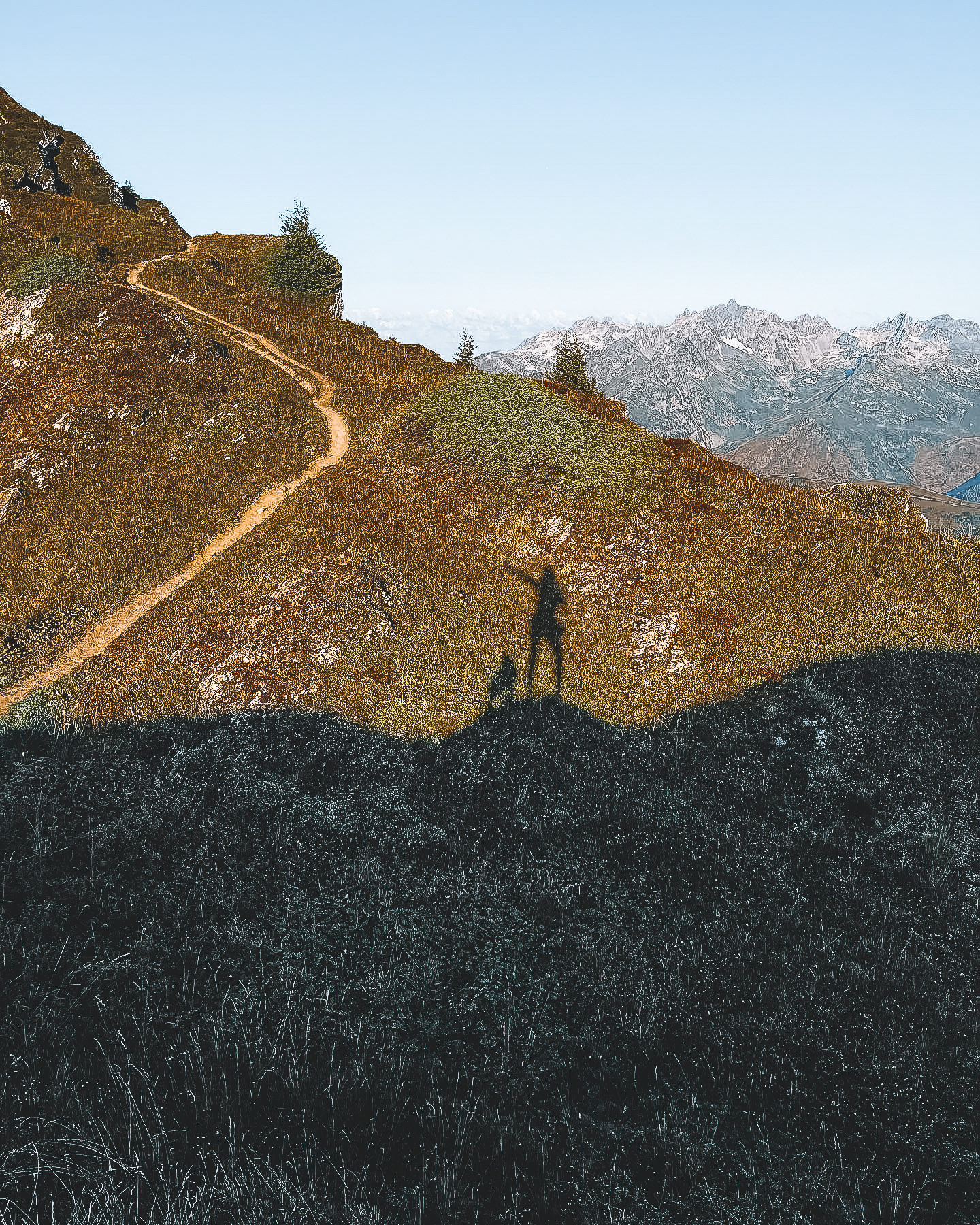
Vous l’aurez compris, pour profiter pleinement du slow tourisme il est essentiel d’être flexible sur votre planning et votre destination !
L’Aventure, la vraie !